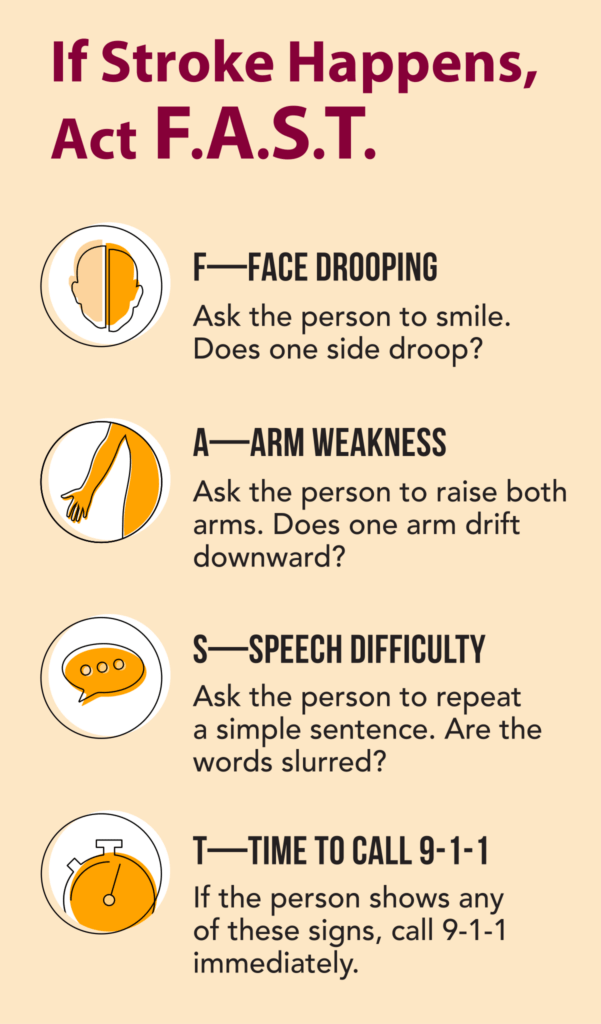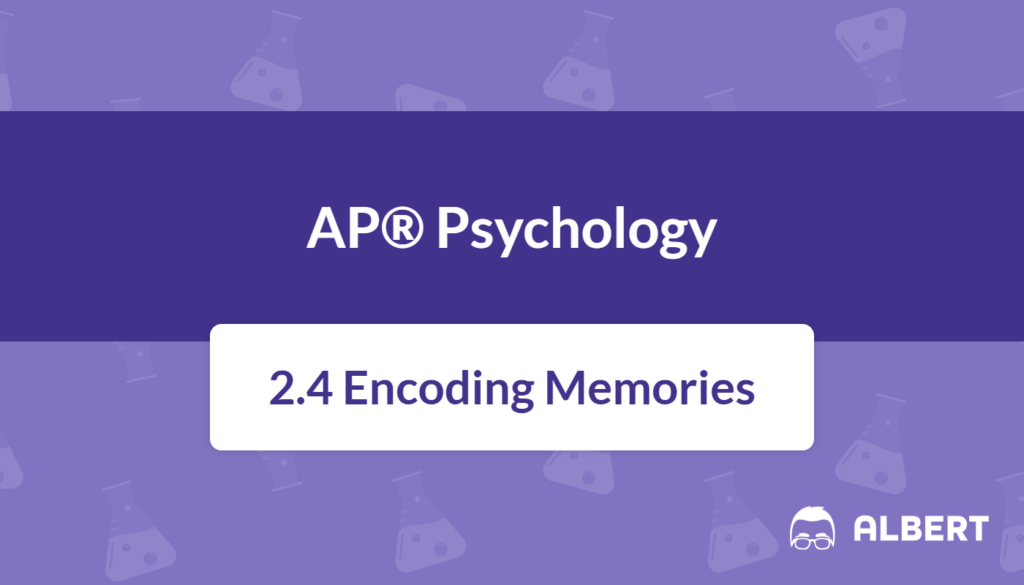What We Review
Encoding memory refers to the way a person takes in information and transforms it into a form that the brain can store. This process allows important details, such as vocabulary words or historical dates, to be recalled later. Therefore, effective encoding is essential for remembering facts, solving problems, and building knowledge.
However, many students do not realize that the method of encoding can greatly affect how easy it is to retrieve information. For instance, reading a chapter without any strategy might lead to forgetting key details, but using special tactics encourages better storage. This article explores the main processes and strategies that enhance encoding, helping students remember more efficiently for exams and life in general.
The Encoding Process
Encoding happens when new information is converted into mental representations. During this phase, the brain works to interpret data so that stored memories are ready for later use. Generally, encoding can be broken into different types:
- Visual Encoding: Storing images or visual patterns.
- Auditory Encoding: Transforming sounds or spoken words.
- Semantic Encoding: Understanding and storing the meaning behind a concept.
Each type of encoding has its strengths. Visual encoding can be helpful for recognizing diagrams or pictures, while semantic encoding is powerful for grasping the meaning of complex ideas.
Example: Visual vs. Semantic Encoding
Consider trying to remember a new vocabulary word, such as “photosynthesis.” A person can use visual encoding by picturing leaves absorbing sunlight. Another approach is semantic encoding, which involves focusing on the meaning, such as understanding that photosynthesis is the process by which plants convert light into energy.
Step-by-step Solution
- Choose a method: visual or semantic
- For visual encoding, draw or imagine a plant leaf in sunlight
- For semantic encoding, connect “photo” meaning light with “synthesis” meaning creation to build understanding
- Practice recalling either the image or the definition to reinforce memory
Practice Problem
Try encoding the word “metamorphosis.”
- Pick a visual representation, such as a caterpillar turning into a butterfly
- Define the term in your own words to reinforce its meaning
- Recall both the mental image and the definition tomorrow to check retention
Strategies to Enhance Encoding
Mnemonic devices combine ordinary information with memorable cues. This may include acronyms or imaginative visuals. These methods are effective because they pair familiar ideas with new concepts, making them easier to remember.
Sometimes, information does not stick simply by reading or hearing it once. Specific strategies help organize data, making memory formation more effective.
A. Mnemonic Devices

Example: Method of Loci
Imagine placing grocery list items in specific locations around a familiar place. For example, imagine milk at the front door and eggs on a table in the living room. When you mentally walk through that space, it becomes easier to recall each item.
Step-by-step: Creating a Mnemonic Device
- Write down a list of grocery items like milk, eggs, bread, apples, and cereal
- Choose a familiar setting, such as a school hallway
- Assign each item to a location, such as placing cereal in a locker or apples on a desk
- Revisit the mental route to recall the items in order
Practice Problem
Create an acronym using the names of the planets: Mercury, Venus, Earth, Mars, Jupiter, Saturn, Uranus, and Neptune.
- Use the first letter of each planet to form a memorable sentence or phrase
- For example: “My Very Easy Method Just Speeds Up Names”
- Recite the acronym several times and test yourself by writing it from memory later
B. Chunking
Chunking involves grouping smaller bits of information into larger, manageable parts. This technique reduces mental strain and helps with recall.
Example: Chunking a Phone Number
Instead of remembering 5551234567 as a long string, break it into three parts: 555, 123, and 4567.
Step-by-step Solution
- Identify the full data set
- Break it into logical parts, like three digits at a time
- Practice recalling each chunk repeatedly
- Then, put the parts together for complete recall
Practice Problem
Try chunking these letters: F B I I R S C I A
- Find meaningful groups such as FBI, IRS, and CIA
- Group them into three sets and repeat them to aid recall
C. Categories and Hierarchies
Organizing information into categories or layered structures can highlight relationships and help memory.
Example: Categorizing Animals
Group lions, tigers, and elephants under mammals; snakes and lizards under reptiles; and eagles under birds.
Step-by-step Solution
- Identify broad categories like mammals, reptiles, or birds
- Sort each item accordingly
- Visualize each group as a branch on a tree
- Recall each branch to reinforce memory
Practice Problem
Sort these into categories: Carrot, Salmon, Horse, Goldfish, Pepper, Tuna, Rabbit, Broccoli
- Group them as follows:
- Vegetables: Carrot, Pepper, Broccoli
- Fish: Salmon, Goldfish, Tuna
- Mammals: Horse, Rabbit
- Visualize each category and recall the items
The Spacing Effect
The spacing effect shows that spreading study sessions over time improves memory retention. In contrast, trying to memorize everything in one session, known as cramming, leads to shallow learning.
Example: Comparing Study Sessions
Imagine one student studies 20 minutes per day for five days. Another student studies the same material in one long session. The student who spreads out their learning typically retains the information better.
Step-by-step Solution
- Divide study time across the week
- Schedule brief daily review sessions
- Use active recall tools like flashcards
- Test yourself after a few days to measure retention
Practice Problem
Plan a week-long study plan for a vocabulary list with 30 words.
- Break the list into five groups of six words
- Review older words daily in short sessions
- On the final day, try writing out all 30 words from memory
The Serial Position Effect
This principle says people remember the first and last items in a list better than the middle ones. These are known as the primacy and recency effects.
Example: Grocery List
When recalling a list such as bread, eggs, milk, apples, cereal, cheese, chicken, rice, pasta, and oranges, the first and last items are more likely to be remembered.
Step-by-step Solution
- The first item benefits from early focus
- The last item is remembered because it was heard or seen most recently
- Reinforce the middle items using mnemonic strategies
Practice Problem
Try remembering six random words: Rainbow, Tractor, Lizard, Hammer, Coin, Puzzle
- Write them down and review once
- Immediately list the words from memory
- Notice which words are easiest to recall—the first and last are often remembered best
Practical Applications of Encoding Techniques
These strategies help students inside and outside the classroom. Mnemonics can help with foreign language vocabulary, chunking simplifies long numbers, and categorizing data improves note-taking. The spacing effect is perfect for managing large study loads.
Improving encoding skills supports lifelong learning. Whether you’re learning music, dance routines, or technical skills, these methods improve efficiency and performance.
Quick Reference Chart
| Term or Concept | Definition or Key Feature |
|---|---|
| Mnemonic Devices | Special strategies that pair new info with familiar cues like acronyms |
| Chunking | Grouping smaller parts into bigger ones to ease recall |
| Categories & Hierarchies | Organizing concepts into clear groups and subgroups |
| Spacing Effect | Boosts memory by spreading study over time instead of cramming |
| Serial Position Effect | Tendency to recall items from the beginning and end of a list more easily |
| Primacy Effect | Better memory for items learned first in a list |
| Recency Effect | Better memory for items learned most recently |
| Method of Loci | Memory technique that places items in familiar imaginary locations |
Conclusion
Encoding memory is essential for learning. The way information is stored affects how well it can be retrieved later. Using methods like mnemonics, chunking, categorization, and spacing helps make learning more efficient.
Understanding how and when to apply these strategies leads to better outcomes on tests and in everyday life. With regular use, these tools become powerful assets for students and lifelong learners alike.
Sharpen Your Skills for AP® Psychology
Are you preparing for the AP® Psychology test? We’ve got you covered! Try our review articles designed to help you confidently tackle real-world AP® Psychology problems. You’ll find everything you need to succeed, from quick tips to detailed strategies. Start exploring now!
- Types of Memory: AP® Psychology Review
- Storing Memories: AP® Psychology Review
- Memory Retrieval: AP® Psychology Review
Need help preparing for your AP® Psychology exam?
Albert has hundreds of AP® Psychology practice questions, free response, and full-length practice tests to try out.








